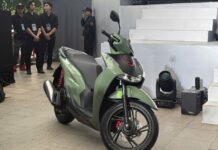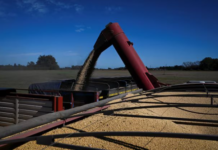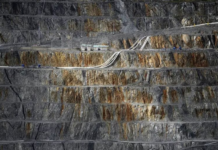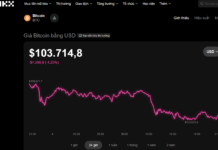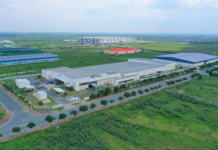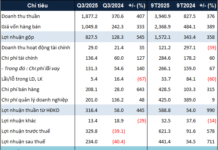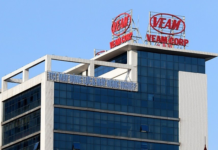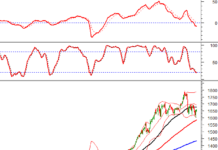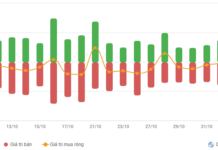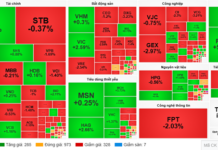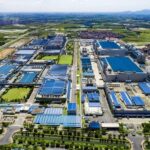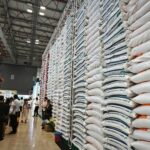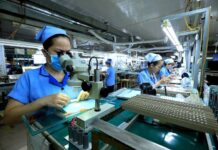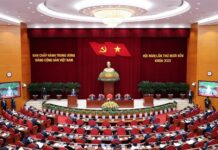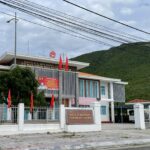Proposal to Submit the Investment Policy to the National Assembly in October
The General Secretary of the National Assembly, Bui Van Cuong, has recently proposed adding four items to the agenda of the 8th session, expected to open in October, including the investment policy for the high-speed North-South railway. He has requested that relevant agencies urgently finalize the documents with high quality, ensuring the progress to be sent to the National Assembly deputies.
The 8th session is expected to be held in two phases, with a break in between for agencies to receive and revise draft laws. The session will open on October 21 and close on the morning of November 30.
Regarding this key transport infrastructure project of Vietnam, the leader of the Railway Department said that after a careful and thorough research process with the contribution and support of organizations, ministries, and sectors inside and outside the country, the Ministry of Transport has basically completed the proposal for the North-South high-speed railway project.

Illustration of the future high-speed railway line by AI ChatGPT
“At this point, the consultants are rushing to complete the pre-feasibility study report. In September, it will be submitted to the Politburo for consideration and comments, and we aim to submit it to the National Assembly for consideration and approval of the investment policy in the upcoming October session. This will allow us to arrange mid-term capital next year,” the leader said to Tien Phong newspaper.
Earlier, in late July 2024, Prime Minister Pham Minh Chinh chaired a meeting to discuss the proposal on the investment policy for the high-speed North-South railway. The Government members basically agreed on the policy to submit it to the competent authority for consideration and decision.
How to Arrange Capital for the North-South High-Speed Railway Project?
The North-South high-speed railway project has a total length of 1,541 km and is proposed for investment with a double-track structure, a standard gauge of 1,435 mm, electrification, and infrastructure designed for a maximum speed of up to 350 km/h.
The line will start from the Ngoc Hoi station (Hanoi), passing through 20 provinces and cities, and ending at the Thu Thiem station (Ho Chi Minh City). The entire line will have 23 passenger stations, with an average distance of 67 km between stations, along with five cargo stations located in major trading areas.
The Ministry of Transport proposes prioritizing resources to start the construction of the Hanoi-Vinh and Ho Chi Minh City-Nha Trang sections, with a total length of about 642 km, by the end of 2027. The Vinh-Nha Trang section, about 899 km long, is expected to be started before 2030, with the goal of completing the entire line by 2035.
Talking to Dan Viet newspaper, Deputy Minister of Transport Nguyen Danh Huy said: “With the expected total investment of about $65-70 billion, the capital arrangement is expected to be made within 12 years. We are coordinating with relevant agencies to assess the investment capital.”
According to calculations by the Ministry of Planning and Investment, the project is expected to contribute about 0.97 percentage points per year to GDP growth during the construction process. Revenues from land fund exploitation in TOD areas and commercial activities are expected to bring in about $22 billion.
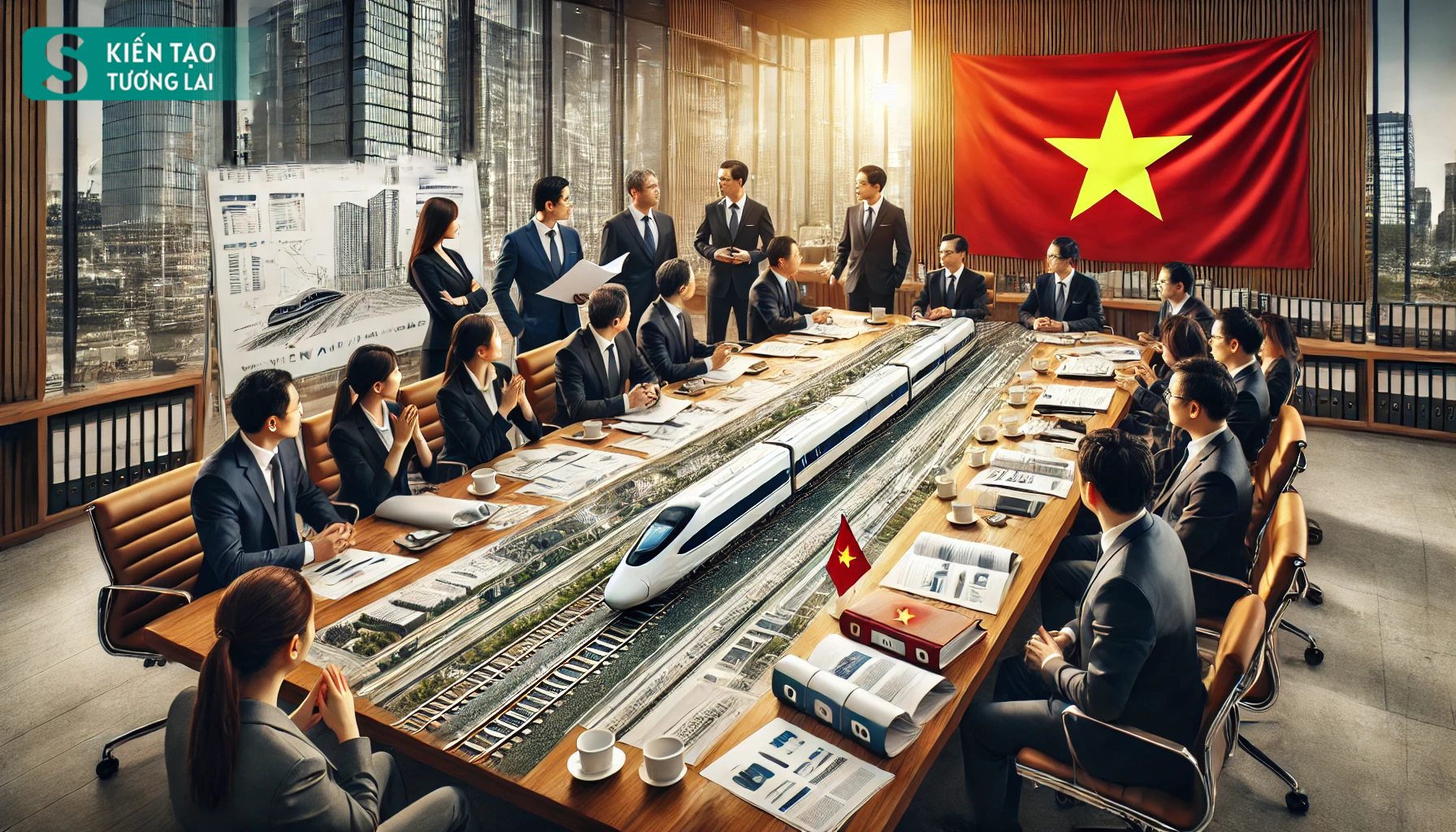
Illustration of the future investment plan for the high-speed railway project by AI ChatGPT
In reality, many countries with well-developed high-speed rail networks have shown that Japan decided to invest in its first high-speed rail line in 1950 when its per capita GDP reached about $250. China started in 2005 when this figure reached $1,753, and Indonesia launched its project in 2015 when its per capita GDP reached about $3,322. Currently, China owns the world’s longest high-speed rail network, with five lines operating at 350 km/h.
In Vietnam, according to the World Bank’s research, this is considered an ideal time to implement the high-speed rail project as the per capita GDP in 2023 reached about $4,282, and it is estimated to reach $7,500 by 2030.
“According to the assessment of the Ministry of Transport and the Ministry of Finance, if we use public investment capital to invest in the North-South high-speed railway, we will not exceed the public debt ceiling. When constructing this line, Vietnam’s public debt may increase from 38% to about 50%, but it is still within the allowable limit. During the implementation process, if we can borrow from international financial institutions or other countries with preferential capital, we can consider supplementing it,” shared the leader of the Vietnam Railway Administration with Tien Phong newspaper.
Two Industrial Park Projects Approved, Worth Nearly 3.2 trillion VND
Vice Prime Minister Tran Hong Ha has approved a significant investment decision for the development of the Chau Minh – Bac Ly – Huong Lam and Hung Phu Industrial Parks, totaling almost VND 3,200 billion. This first phase of development will focus on the Chau Minh – Bac Ly – Huong Lam Industrial Park in Bac Giang Province and the Hung Phu Industrial Park in Thai Binh Province, with a combined investment of nearly VND 3.2 trillion.
The Great Rice Rebalance: Vietnam’s Post-Storm Rice Conundrum
Amidst a stable domestic rice supply and steady exports, certain social media accounts have seized the opportunity presented by natural disasters to spread misinformation about rice shortages. This is a deliberate attempt to create panic and disrupt the equilibrium of the market. It is imperative that we, as responsible citizens and consumers, remain vigilant against such deceitful tactics and rely only on official sources for accurate information.

